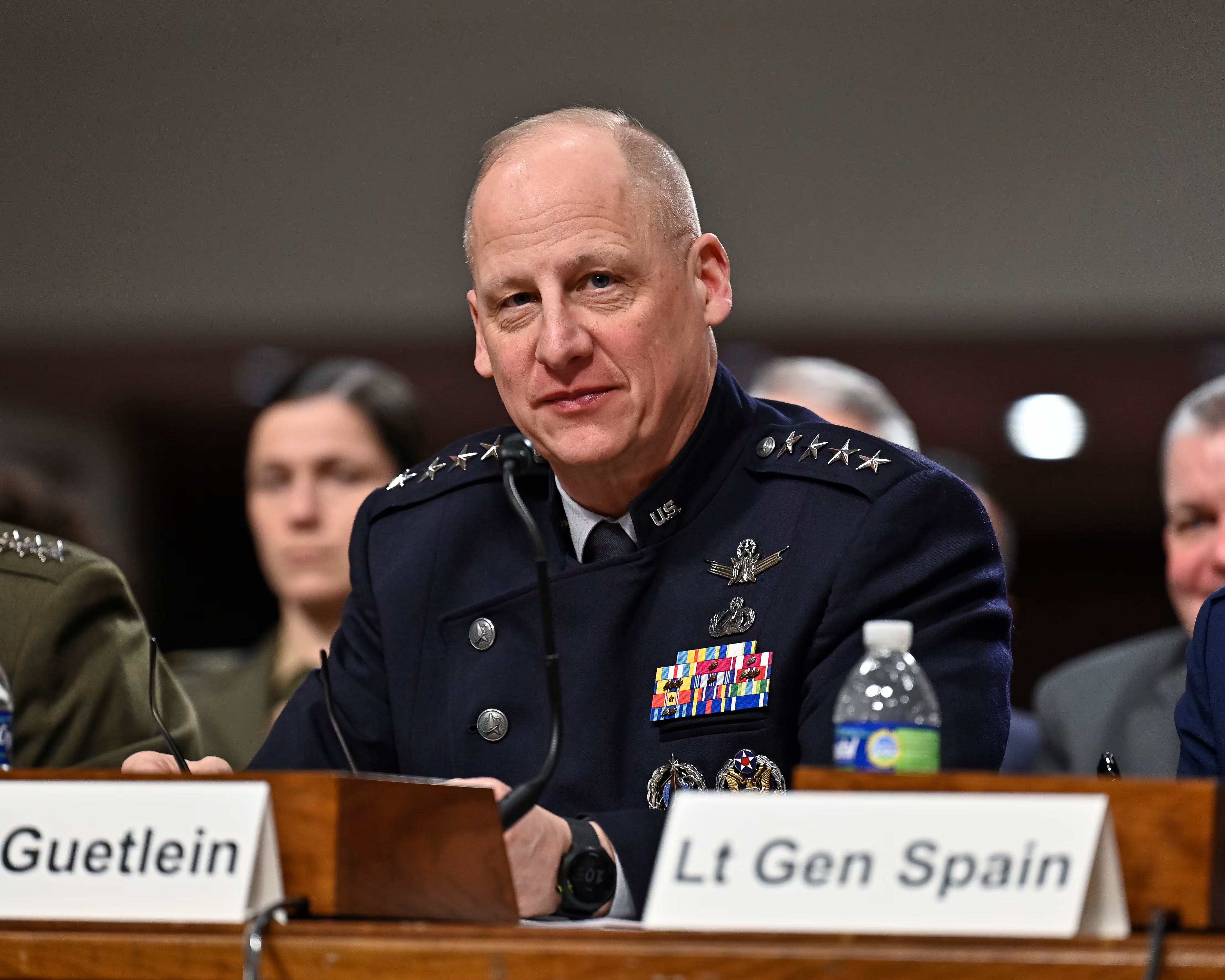Vladimir Putin’s Russia is again rattling its nuclear sabre. On Sept. 1, it warned of a new nuclear doctrine to counter Western “escalation” in Ukraine. Putin has hinted that Russia might, as one option, resume nuclear testing. The U.S. and NATO must carefully consider their nuclear responses.
I was the last U.S. nuclear testing negotiator with the USSR before it collapsed in 1991. My opposite, a top Soviet nuclear figure, did not hide his fury at Mikhail Gorbachev, the last leader of the Soviet Union, for ending testing in 1990.
Today, Russia is increasing its reliance on nuclear arms in threatening Ukraine. Recently, Moscow hosted a nuclear exercise near Ukraine and another in Belarus. Russia may also have moved “several dozen” tactical nuclear weapons to Belarus. A resumption of nuclear testing would further escalate this nuclear intimidation.
Efforts to end nuclear tests date to 1963, when the United States and the Soviet Union signed the Limited Test Ban Treaty, forcing nuclear tests underground. In 1974, the two countries signed the Threshold Test Ban Treaty, limiting test yields to 150 kilotons of TNT, or 10 times the Hiroshima blast.
International negotiations in the 1990s produced a draft Comprehensive Test Ban Treaty (CTBT). But the U.S. Senate refused to consent to the Treaty in 1999and it has not entered into force. Opponents faulted the CTBT for being unverifiable and risking the viability of the U.S. deterrent. Proponents said the pact would lock in U.S. design superiority and help deter the spread of nuclear weapons.
Both Russia and the U.S. say they have not conducted tests that would undermine the CTBT. But the U.S. has charged Russia with undertaking secret “supercritical” tests (producing a self-sustaining fission chain reaction).
Since ending nuclear testing in 1992, the U.S. has assessed the performance of its nuclear arms through research and modeling, testing electrical components, and sub-critical nuclear testing. Russia lacks the best supercomputers, but its weapons may have greater tolerances and be easier to assess. Some Russian specialists likely favor new nuclear testing to improve warhead designs or address aging or corrosion.
Russian President Vladimir Putin said in June that “if necessary, we will conduct” nuclear tests, but there was no need yet. If Russia does test, it is likely to abide by the limits prescribed by the Limited Test Ban and the Threshold Test Ban agreements—but not allow U.S. on-site monitoring.
A “demonstrative” blast, suggested by a Putin ally, might be aimed at pressuring the West to cease military support for Ukraine. But the West would surely refuse.
The U.S. has warned of “catastrophic consequences” if Russia were to strike Ukraine with nuclear arms. But despite Moscow’s heightened nuclear threats, NATO officials say no changes are needed in the alliance’s nuclear posture.
A Russian resumption of nuclear testing could change this calculus. The Kremlin could view the lack of a U.S. or NATO nuclear response to its intimidation as a sign of weakness. But a U.S. or NATO nuclear military response might be the only way to induce Russia to pull back from its irresponsible nuclear behavior.
One such response could be for the U.S. to resume nuclear testing. This would show determination, and perhaps bring some technical benefit. But testing would be costly if it’s not needed for technical reasons, it may draw strong international criticism, and it could provide political cover for proliferators to test. This seems like an unattractive option.
Another option could be for the U.S. to deploy new nuclear-armed sea-launched cruise missiles (SLCM-Ns), which Congress is already funding. The U.S. Navy is reluctant to encumber warships that already have conventional missions. But SLCM-N deployments could enhance NATO’s theater nuclear posture and raise the military cost to Russia of its nuclear threats.
Third, the U.S. and NATO could put nuclear forces in Poland if it were interested. The U.S. would have to provide Poland with dual-capable F-35 aircraft to deliver nuclear bombs. (Warsaw is already buying another F-35 variant.) This option could respond directly to Russia’s movement of nuclear arms into Belarus, and it could enhance NATO’s theater nuclear posture.
A 1997 NATO-Russia accord states that the alliance has “no intention, no plan, and no reason” to put nuclear arms in new member states. But Russia’s aggression in Ukraine and nuclear intimidation would seem to render this pledge obsolete.
A U.S. or NATO nuclear military response might be the only way to induce Russia to pull back from its irresponsible nuclear behavior.
William Courtney, an adjunct senior fellow at RAND, was U.S. Commissioner in negotiations with the USSR to implement the Threshold Test Ban Treaty, and subsequently ambassador to Kazakhstan and Georgia.
This op-ed was updated after publication to correct the year of the Limited Test Ban Treaty of 1963.








